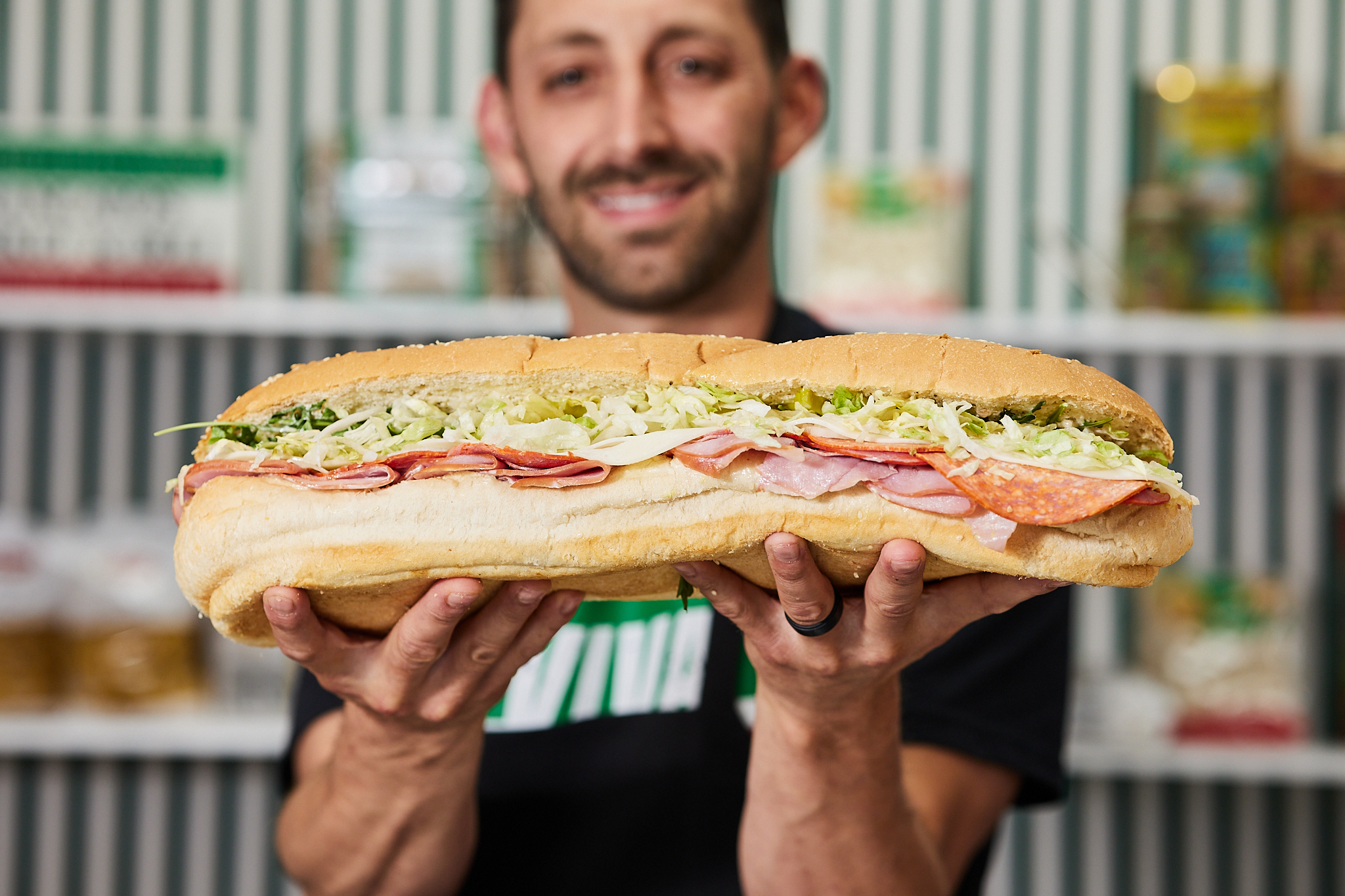Eight weeks before she was due with her second child, Emmalyn Case’s world—and the rest of the world, for that matter—stopped.
When Covid swept through the country in mid-March, Case was one of many expectant mothers who rethought a hospital birth.
“I’ve been a nurse for eight years and my mom has been a labor and delivery nurse for ten years,” she says. “It just made sense for me to be in the hospital.”
As her due date approached, hospital restrictions and the threat of the virus grew stronger, so Case, her husband and her doula Rebekah Hoover decided to start planning on a home birth.
“Like everybody else, I had a lot of anxiety around the virus and the unknown,” she says. “At the time, we knew nothing about this virus.”
Her doula, Hoover, is also currently a midwife student. The pandemic is what encouraged her to take the leap from doula to midwife.
“There was a huge influx of women wanting to go from hospital to home birth,” Hoover says. “A [midwife] group that I’m particularly fond of, Sacred Song, had to turn twelve families away per month because there was no space.”
At the end of March, Google searches in the US for “home birth midwife” were at their highest levels in nine years. Hoover says many of her clients were afraid of the risk of possible infection from a hospital stay or medical intervention. In October, musician Casey Goode announced that her newborn son had tested positive for coronavirus after interacting with an infected medical professional in the NICU.
Hospital limitations on the number of people that can be in the labor and delivery room have also put pressure on families. In some cases, it’s forced women to choose between having their partner or doula with them during labor and delivery.
“I had one client choose to have me over their partner to get that support,” Hoover says. “She FaceTimed with her partner a couple times. Oh man, it broke my heart.”
Hoover and the local doula community have been advocating to politicians and hospital administration to let doulas be seen as part of the professional care team instead of a regular hospital visitor, in case there’s a second wave and visitor restrictions are back in place.
Case’s water broke on May 11 at 10:30 pm. She spent the night laboring in her home with the support of her husband, her midwife and Hoover.
“In the midst of the hardest part of the pandemic, when everybody’s in quarantine and there is so much unknown, it was amazing to have this one common goal for my husband and I to focus on of birthing a healthy baby at home,” Case says. “I didn’t really have time to worry about what was going on in the outside world because we were so focused on bringing our baby into the world safely at our house.”
After fourteen hours of labor—and pushing for four of them—Case’s midwife determined that the baby’s head was not making any progress through the birth canal, so the safest move was to go to the hospital. According to the American College of Obstetricians and Gynecologists, this happens to thirty-seven percent of moms in their first vaginal delivery. Because Case had planned to have a VBAC (vaginal birth after cesarean), this wasn’t entirely out of the ordinary.
“We got to Overland Park Regional and had to go in through the ER,” she says. “I remember being upset that we were there because if anybody has Covid, they’re coming through the ER. I’m also wearing a mask and getting my temperature taken. It was pretty overwhelming—at that point I was in so much pain and just wanted to get to the room and have this baby.”
As luck would have it, her pre-home birth OB-GYN was in the hospital and was able to successfully deliver her son via C-section.
“If I had to do it again, I would do everything the same,” Case says. “Even though we ended up with a C-section in the hospital, it all worked out just fine. We are healthy!”





